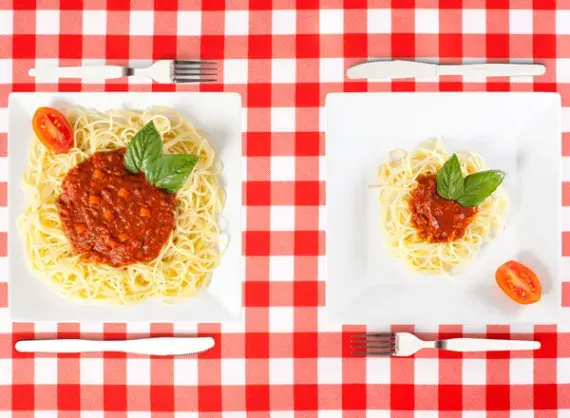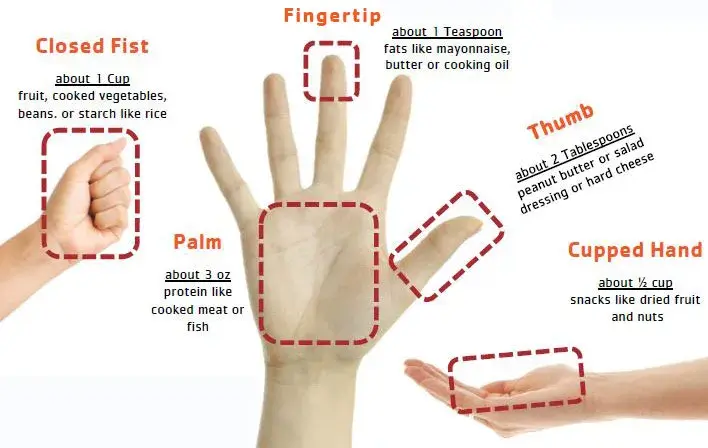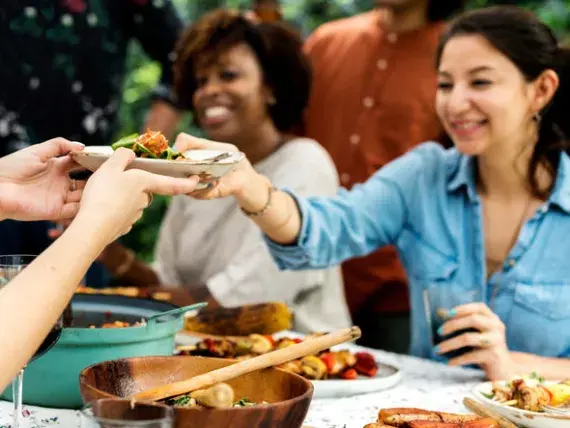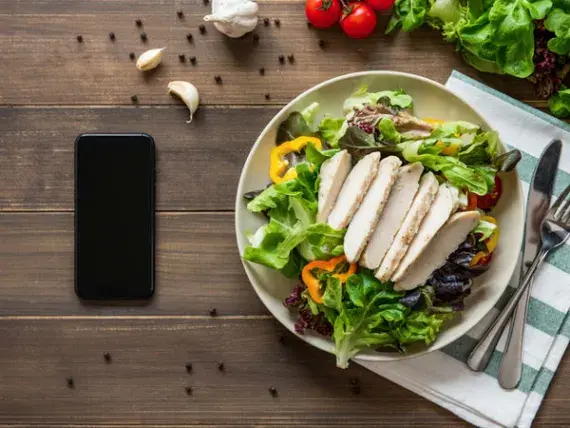Is this you? You’re a member of the clean plate club; you regularly feel stuffed after a meal, and you struggle with knowing if you’re getting enough of the “good foods” or too much of the “bad foods.” If so, you could see great results from learning about proper portion sizes.
Often, we confuse the difference between what’s served to us and what is actually a serving size. Restaurants heap piles of food on our plates—with the amount of food we’re typically served more than doubling in the last twenty years. Plus, we have the voice of our parents in our minds telling us we can’t get up from the table without cleaning the plate!
It can definitely be tricky to gauge the right amount of food. But, we have simple solutions! Follow this "handy" guide to enjoy eating without overdoing it.
Use Your Hand to Estimate Portion Size
Using your hand has several advantages. For one, not everyone’s hand is the same size, which is perfect, because not everyone has the same needs. A 6’3” man is going to have much bigger hands than a 5’1” woman, and therefore needs a slightly larger portion. Additionally, you always have your hands on you, so it’s a convenient reference tool at all times.
Palm: Your protein should be about the size of the palm of your hand. Next time you’re having a chicken breast or fish filet see how it measures up!
Cupped Hand: Snacks like dried fruits and nuts should be limited to about a handful at a time. This one can be tough because we tend to snack on things like nuts thinking they’re a healthy option. While they are full of nutritious fats and good protein, the calories can add up!
Thumb: Things like peanut butter, salad dressing and hard cheese should be the size of your thumb, which is about two tablespoons.
Fingertip: Use your fingertip for fats like mayonnaise, butter or cooking oil.
Closed Fist: This measurement is about a cup and is great for estimating things like cooked vegetables, fruit or starches like rice.
What do I do about being served too much food?
There are several ways to tackle this incredibly common problem. You can ask for a lunch-sized portion, split your meal with a friend, or save part of it for leftovers. Try even boxing up half of the dish right when you're served to avoid the temptation of overeating.
All of these options will allow you to still enjoy a meal out without that awful feeling of being uncomfortably stuffed and regretful when you’re done.
What if I simply have to clean my plate before I get up?
No worries! It can be very difficult to leave this habit behind, but the simple solution is to just use a smaller plate! Research shows that eating on a salad plate instead of a dinner plate can trick your brain into feeling full with a smaller portion of food.
What if my problem is with how fast I eat?
So often we rush through our meals to get back to what we were doing before. This doesn’t allow our brains enough time to catch up and signal to us that we’re full. Thus, we tend to eat too much. Tips to slow down your meal include:
- Setting a 20-minute timer and making your meal last at least that long
- Using your non-dominant hand to eat
- Taking smaller bites throughout the meal
It's true that overcoming portion size issues can seem daunting and like we’re constantly having to go against the grain to eat a healthy amount. But, these simple tips can help empower us in knowing how much is too much and what we can do about it!
Working toward a weight loss goal?
Stay accountable and inspired with the YMCA’s Weight Loss Program. This 12-week course offers weekly small-group discussion and tools to help you design a unique plan, track progress and set yourself on the path to a healthier lifestyle. Learn More.



